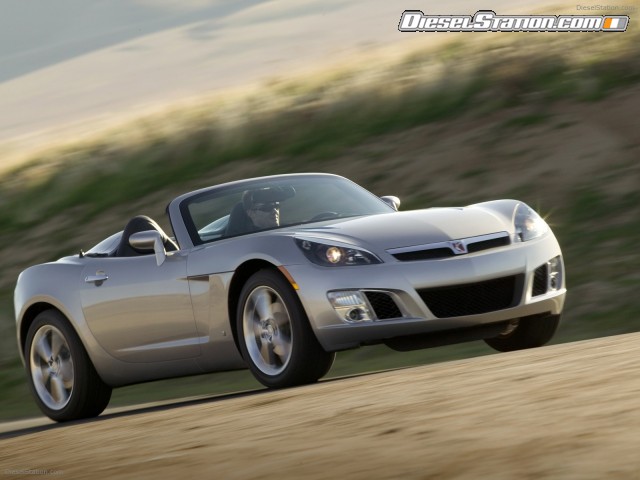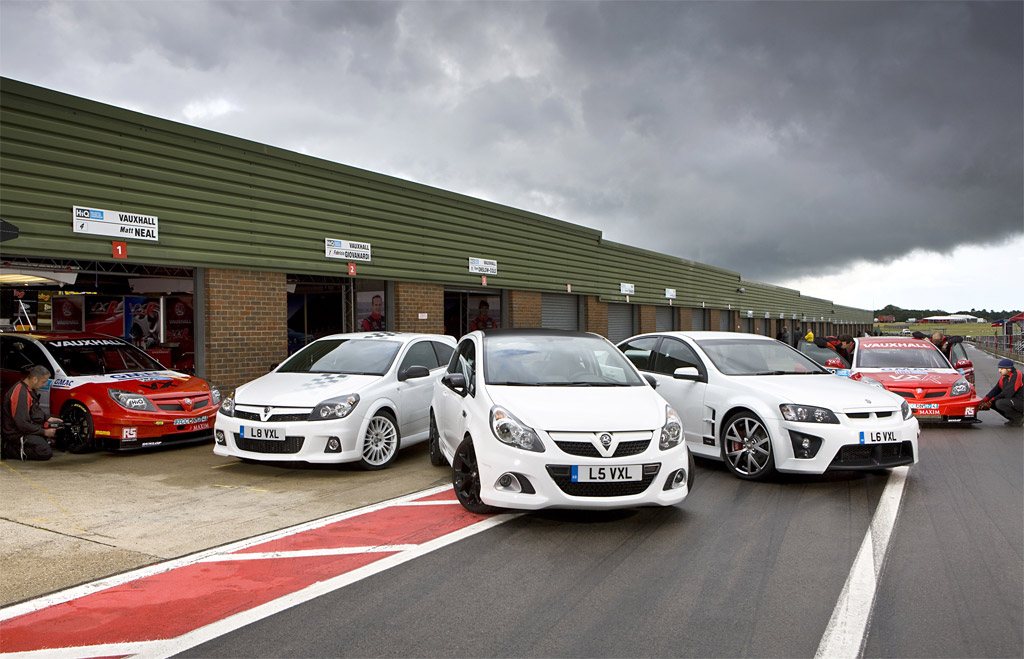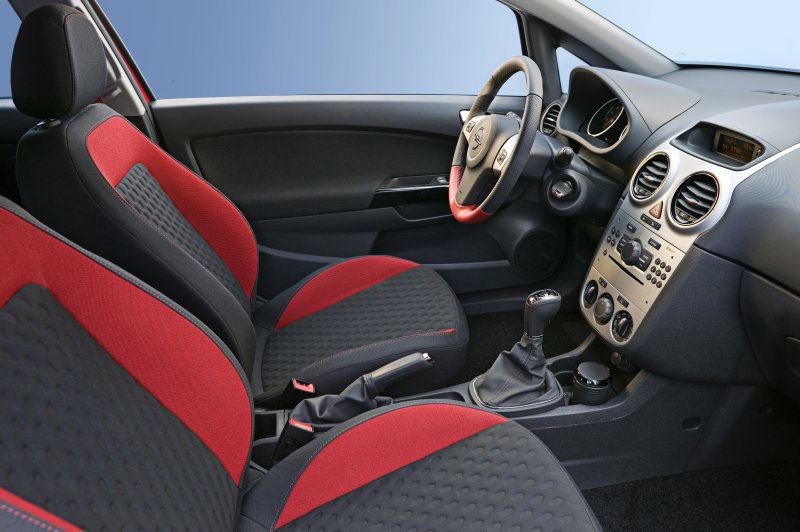The stylistic solutions found to define the The planes of the automobile's rear are clean and curved, with the embedded bumper. Looking at Fiat Bravo from the rear, the curved lateral line of the window creates an interesting balance with the shape of the lamps, totally curved except for the external face, which is inserted in the rear diagonally. The same surprising effect was obtained with the internal curvature of the windows: it is interrupted by the rear column to, immediately, resume its course on the inferior border of the rear window.
The curved roof ends abruptly, but its line re-emerges on the rear window until it is absorbed by the waist. The forms are aerodynamics and inclined, and the high waistline represents the stylistic continuity between the headlights and the vehicle's rear: all seems to run backwards, as if it is in constant movement. The different planes are broken by grooves, but are complemented with harmony, in perfect balance with each other, transmitting an impression of force and immediately making clear that the model could only be integrant of the Fiat family. This is clear on the front, based on the design of Large Family vehicles but with the Italian essence in its soul, with its sharp hood, narrow and sophisticated grill, lower air input, polyelliptical headlights in form of a drop and inclined windshield.
The lines of Fiat Bravo reflect the most current sides of the renowned Italian design, with its own marking personality but maintaining the new family feeling of the brand's models. Aggressive, attractive, elegant, modern.
The curved roof ends abruptly, but its line re-emerges on the rear window until it is absorbed by the waist. The forms are aerodynamics and inclined, and the high waistline represents the stylistic continuity between the headlights and the vehicle's rear: all seems to run backwards, as if it is in constant movement. The different planes are broken by grooves, but are complemented with harmony, in perfect balance with each other, transmitting an impression of force and immediately making clear that the model could only be integrant of the Fiat family. This is clear on the front, based on the design of Large Family vehicles but with the Italian essence in its soul, with its sharp hood, narrow and sophisticated grill, lower air input, polyelliptical headlights in form of a drop and inclined windshield.
The lines of Fiat Bravo reflect the most current sides of the renowned Italian design, with its own marking personality but maintaining the new family feeling of the brand's models. Aggressive, attractive, elegant, modern.














